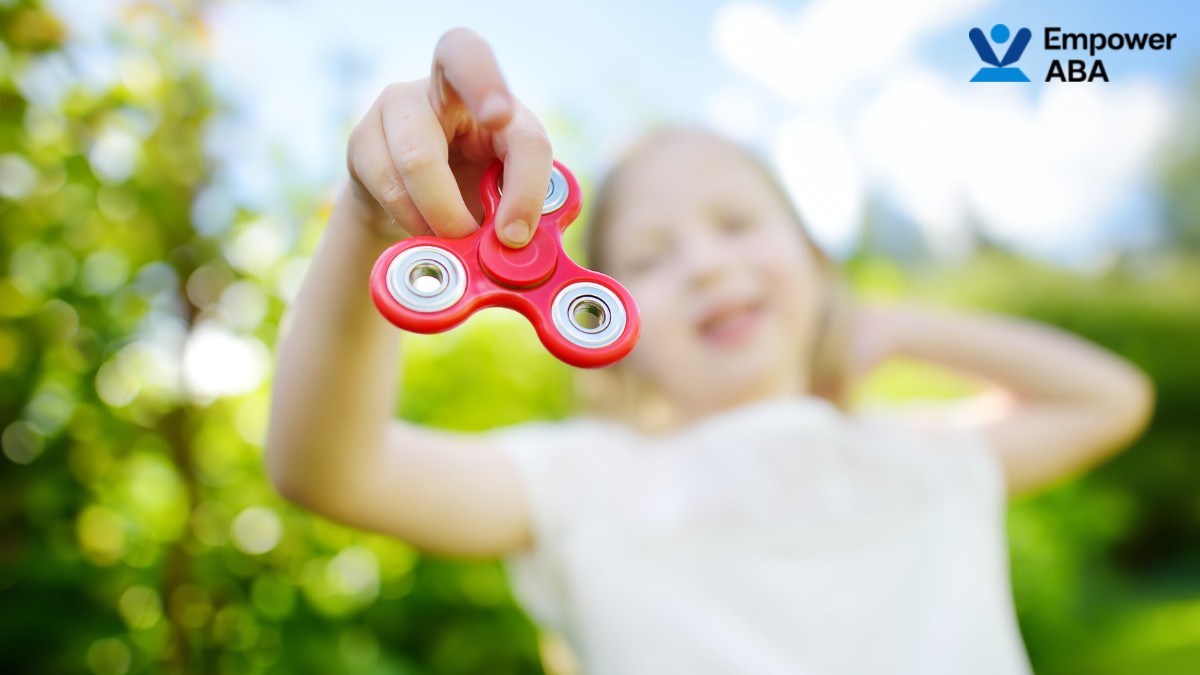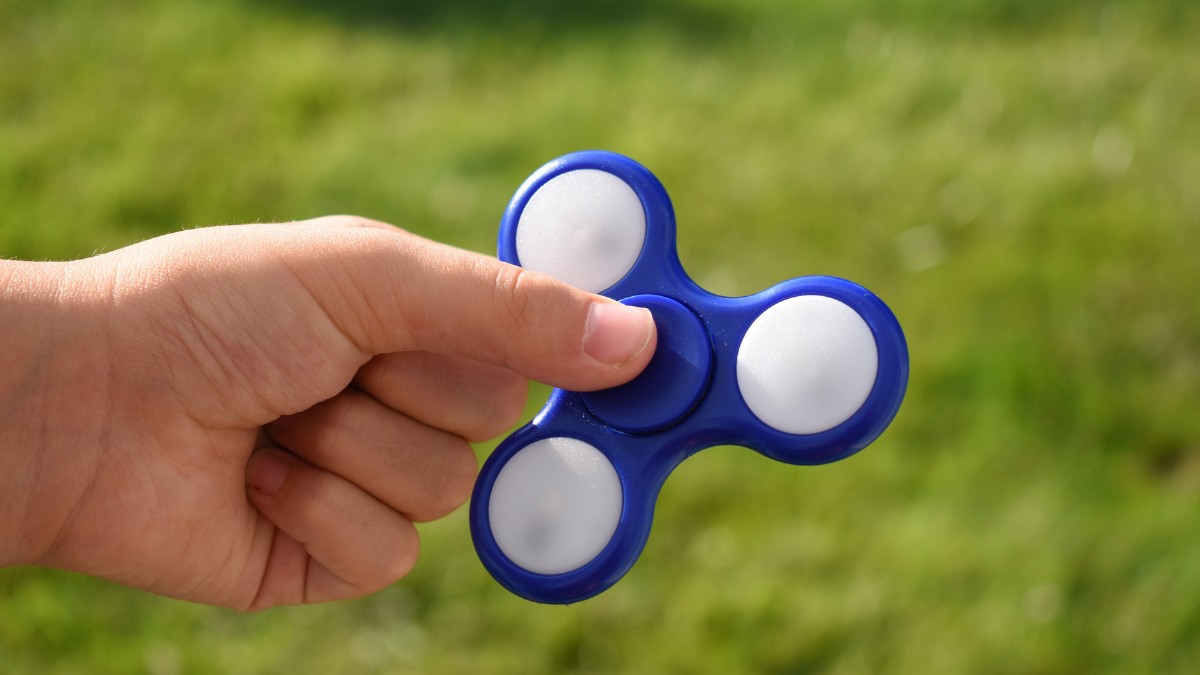Key Points:
- Autism sensory fidgets provide tactile stimulation that can help reduce anxiety, improve focus, and manage sensory needs in children with autism.
- The most effective fidget toys match a child’s specific sensory preferences—whether they seek texture, pressure, or movement.
- Combining fidget tools with professional therapies like ABA can enhance their benefits for long-term skill development.
We’ve all been there – watching our child struggle to focus or melt down from sensory overload. What if something as simple as a textured ring or squishy ball could help? Autism sensory fidgets aren’t just toys; they’re vital tools that meet your child’s unique sensory needs.
What are Autism Sensory Fidgets and How Can They Help?
For many children with autism, autism sensory fidgets are more than just toys—they’re essential tools for self-regulation. These handheld devices provide the right amount of tactile, visual, or proprioceptive input to help:
- Reduce anxiety in overwhelming environments (classrooms, stores, crowded spaces)
- Improve concentration during seated tasks like homework or mealtime
- Prevent sensory overload by giving the brain controlled stimulation
- Replace harmful habits (skin-picking, nail-biting, or chewing on clothing)
Unlike distracting toys, well-chosen fidgets serve a specific sensory purpose, helping children stay engaged without disrupting others.
The Science Behind Fidgets: Why They Work for Autism
Ever wonder why fidgeting helps some kids focus better? It’s not just random movement—there’s real science behind how autism sensory fidgets help regulate the nervous system. Let’s break down exactly how these simple tools create such powerful calming effects for children with sensory needs.

How Sensory Input Affects Regulation
Children with autism often process sensory information differently, leading to either hypersensitivity (overreaction to stimuli) or hyposensitivity (under-responsiveness). Autism sensory fidgets act as a “just right” challenge, giving the brain the input it needs to stay balanced without becoming overwhelmed.
The Focus-Anxiety Connection
Research shows that repetitive, non-disruptive movements (like manipulating a fidget toy) can actually increase focus in some individuals by providing an outlet for excess energy. This is especially helpful for kids who struggle with seated tasks or transitions between activities, making simple tools like stress balls a practical and effective option—explored further in our article, Using Stress Balls for Autism: A Simple Sensory Tool That Works.
4 Top Types of Autism Sensory Fidgets
With so many options available, how do you choose? A toy that calms one child may overstimulate another. These categories help narrow down the best match:
- Tactile Fidgets (e.g., squishy balls, textured rings) – Ideal for kids who constantly touch objects or seek hand stimulation.
- Pressure Fidgets (e.g., weighted lap pads, stress balls) – Provides deep pressure for children who crave hugs or tight squeezes.
- Visual Fidgets (e.g., liquid timers, glitter wands) – Helps kids who focus better with gentle visual stimulation.
- Oral Motor Fidgets (e.g., chewable necklaces) – For children who bite clothing or pencils to self-regulate.
How to Choose the Best Autism Sensory Fidgets
Ready to find your child’s perfect fidget match? Just as every child is unique, their ideal autism sensory fidgets should be too. Let’s explore how to make the smartest choice.
Matching Fidgets to Sensory Needs
A child who taps their feet constantly might benefit from a discreet foot fidget band under their desk. Meanwhile, a child who gets distracted by noises may need a silent option like a marble mesh toy. Observe what triggers your child’s stress or improves their focus.
Safety and Practical Considerations
Always check for:
- Non-toxic materials (especially for chewable items)
- Age-appropriate size (to prevent choking hazards)
- Durability (can it withstand repeated use?)
Involve your child in testing options when possible—their reaction will guide you better than any product description.
Incorporating Fidgets into Daily Routines
Owning sensory fidgets is one thing – using them purposefully is another. With the right approach, these tools can become natural supports during tough transitions or challenging tasks. Let’s explore how.

At Home and School
Introduce fidgets during challenging activities: homework, car rides, or waiting times. Teach siblings and teachers that these aren’t “toys” but tools—like glasses for vision—that help your child engage better.
When to Use (and When to Put Away)
While autism sensory fidgets are helpful, they shouldn’t replace skill-building. Set clear rules (e.g., “use during math work but not during group story time”) to ensure they enhance rather than hinder learning.
Empower ABA: Building Skills Beyond Fidgets
While autism sensory fidgets offer immediate relief, ABA therapy teaches lasting coping strategies. At Empower ABA, our therapists help children gradually reduce reliance on external tools by developing internal regulation skills—while still using fidgets as helpful supports.
If your child could benefit from structured, personalized strategies, Empower ABA offers evidence-based ABA therapy across New York, New Jersey, and Virginia. Our team creates tailored plans that may include fidgets as part of a broader skill-building approach. Contact us today to learn how we can help your child thrive—tools and beyond.
Fidgets open doors to better focus and calm, but combining them with professional therapy builds lifelong skills. Reach out now to start your child’s journey toward greater independence.

